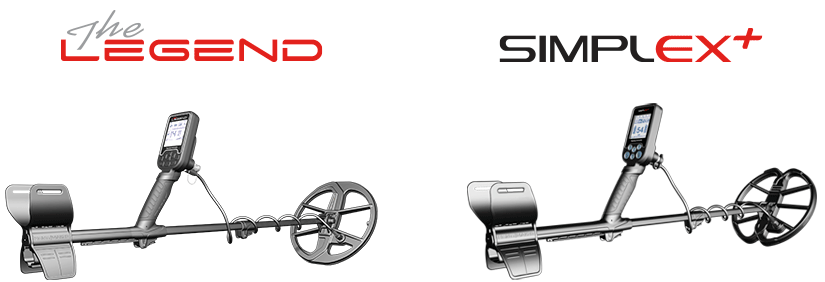My old, long-used and reliable "Homestead Rock" from a fallen-down Central Oregon homestead broke into several pieces when I accidently dropped it when I moved to where I live now. That rock was very similar in size and shape to most of the others at that decayed home site. It measured about 6" by 9" and was 2" at the thickest center point, and was about 1½" thick on the outer edges.
Okay, your post did generate some e-mail/PMs asking me about a "Homestead Rock" and Dirt Clods" so I guess I ought to explain.
A.. I hunt old places that include structures which were built with flattish rocks [size=small](they stack better)[/size] that sometimes end up scattered about when the building wall or chimney or other structure decays and crumbles.
B.. I also hunt plowed fields and such where I encounter bigger-size dirt clods, such as softball or grapefruit size and larger.
C.. Objects such as Dirt Clods and Rocks are what I refer to as "Intense Mineral Bodies" which can create some challenges to hunting in a motion-based Discriminate mode. Detectors that do not have a Discriminate mode that adjusts low enough often can not respond to a USA 1¢ coin under the center of a Rock of similar description, or many Dirt Clods that measure about 5" across. They can also have problems if located in Pea Gravel, etc.
In some cases a detector will not respond to a coin at all, and in most cases when they do, the response is very degraded with a visual Target ID or an audio Tone ID reading lower than the target should, often times even with an 'Iron' range visual and audio response. Therefore an avid detectorist must commit to having the patience to search with a minimum amount of Discrimination and recover.
D.. A reminder to Ground Balance so that you are not getting an audio response from a Dirt Clod or a Rock before such a search.
E.. If a Rock is too think it can definitely impact detection capability, so a too-thick rock can totally mask a small coin-sized target.
Since I broke the "Homestead Rock" I had, I rounded up a few other specimen rocks of similar size to do some comparisons after I got the Nokta FORS Co-Re. They require a Ground Balance setting of 81.[size=small]20[/size] to 82.[size=small]60[/size] and their sizes varied from about 9"X8" and 1" to 1½" thick to 10"X11 with a thickness of 1+" to 2½".
I used both of the Discriminate mode, 2-Tone and 3-Tone, with Discrimination settings of '10' and Sensitivity/Gain settings of 'default' to '85.'
Both the FORS and Racer 'standard' coils and smaller coils were used, as well as the 5.[size=small]5[/size]X10 solid DD on the Racer.
Both models were able to respond to a US Indian Head or Zinc cent under the different rocks with all of the settings mentioned. If the coin was under the 1" thickness [size=small](laying on top of very mineralized asphalt with a GB setting of 82 to 83+ and 5 ferrous segments lit up)[/size], the target response was stronger and the coil could be swept at a little faster sweep and a mid-to-higher audio Tone was heard.
If the coin was placed under the 2" to 2½" thick portion of the rocks, they still responded with both detectors and all coils, however the sweep speed had to be slower so as not to force in too much ground signal to process, and the audio and visual responses were more in the Iron range to just a little out of the Iron range, and they were jumpier or more inconsistent.
This is how other good detectors perform that will produce a target response on this tough test, and it is why I opt for a Zero Disc. setting when I encounter touch challenges like big Dirt Clods. Rocks, Pea Gravel, etc. I always investigate ANY target response in such environments by scuffing the area or moving the "intense mineral body" aside and re-scan the spot for a better, improved audio and visual response.
Monte



